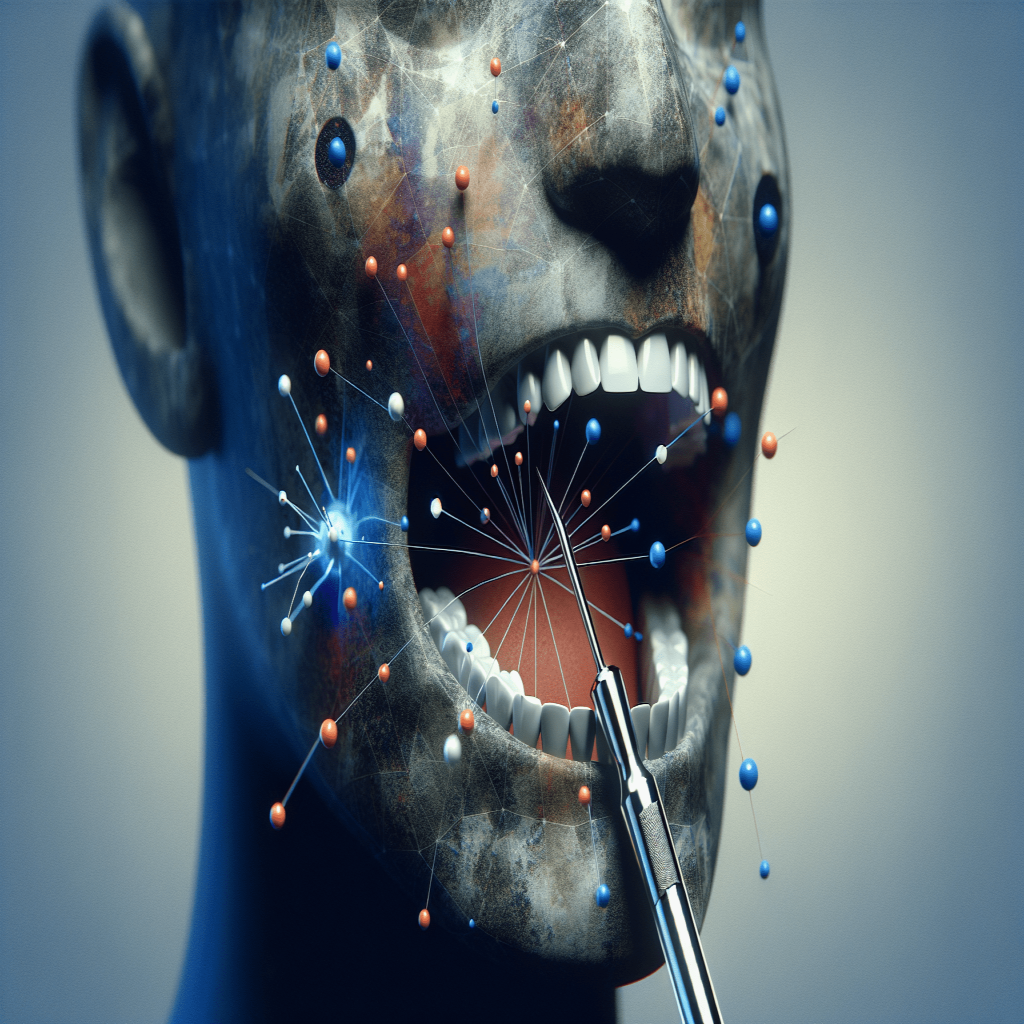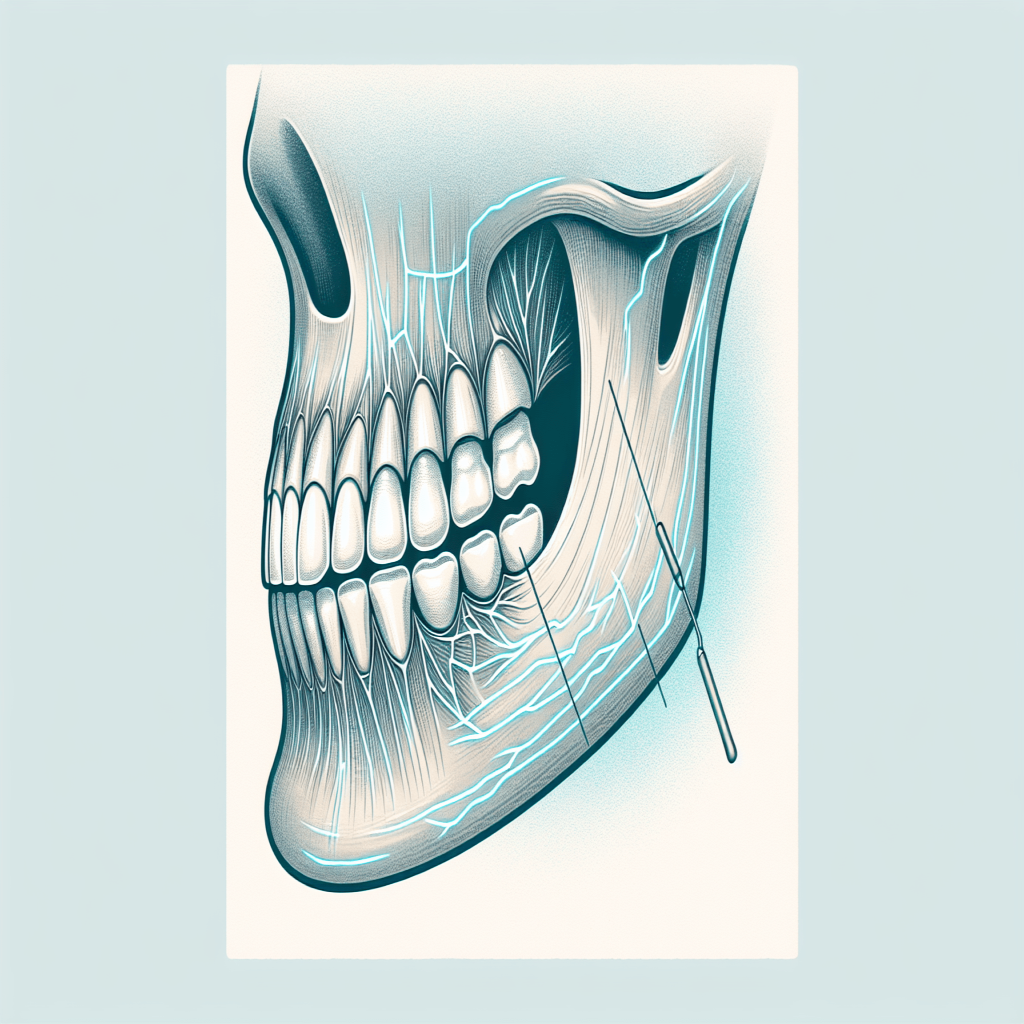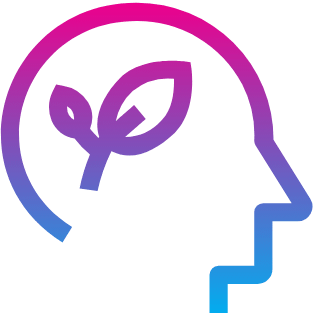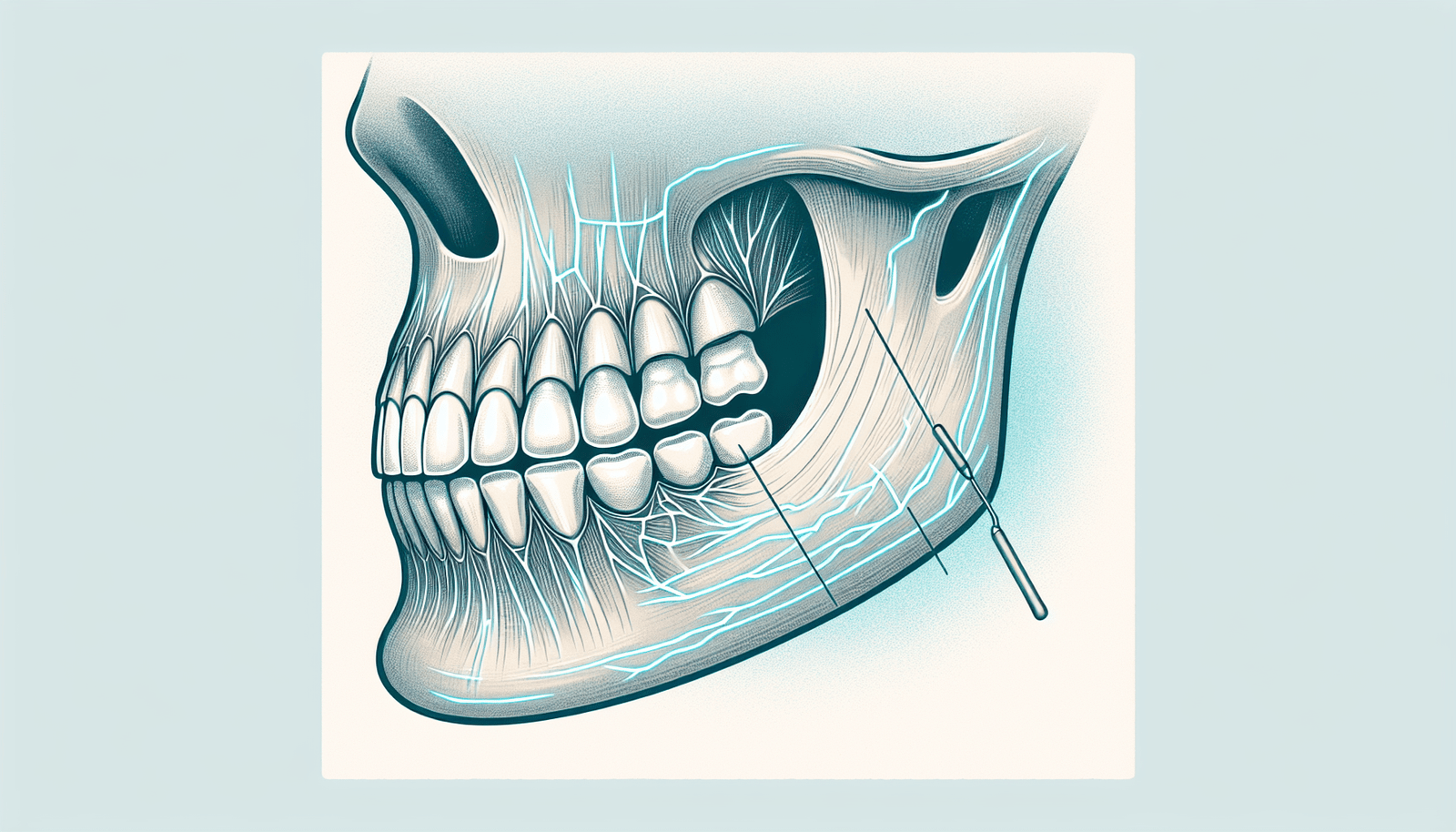Are you tired of dealing with the discomfort and limitations caused by TM joint issues? Look no further! This article explores the latest groundbreaking approaches for TM joint treatment that will revolutionize the way you address this common problem. From cutting-edge therapies to advanced technology, these innovative methods offer hope and relief for those suffering from TM joint dysfunction. Get ready to discover a world of possibilities and regain control over your oral health.
Innovative Approaches for TM Joint Treatment
The temporomandibular joint (TMJ) is a complex joint that connects the jawbone to the skull. It allows for important functions such as chewing, speaking, and yawning. However, this joint can sometimes become problematic and lead to a range of symptoms, collectively known as temporomandibular joint disorder (TMD). If you are experiencing TMJ pain or any related issues, there are several approaches available to help manage and treat this condition. In this article, we will explore various conservative, medical, dental, surgical, and alternative medicine options that can offer relief and improve your quality of life.

1. Conservative Approaches
1.1 Pain management
The first step in treating TMJ pain is to manage the discomfort. Applying heat or ice packs to the affected area can help reduce swelling and relieve pain. Additionally, over-the-counter pain medications such as acetaminophen or ibuprofen can provide temporary relief. It is important to consult with your healthcare provider before taking any medications to ensure they are safe for you.
1.2 Physical therapy
Physical therapy can play a crucial role in the treatment of TMJ disorders. A physical therapist will guide you through specific exercises and stretches to strengthen the jaw muscles, improve mobility, and reduce pain. They may also use techniques like ultrasound therapy or transcutaneous electrical nerve stimulation (TENS) to provide further pain relief.
1.3 Bite splints
For individuals who grind their teeth or clench their jaw during sleep, bite splints can be an effective treatment option. These custom-fit devices are worn over the teeth to prevent teeth grinding and jaw clenching, ultimately reducing tension in the TMJ and alleviating associated symptoms.
1.4 Trigger point therapy
Trigger point therapy involves applying pressure to specific points of the body to relieve muscle tightness and pain. For TMJ disorders, a skilled therapist can identify trigger points in the jaw, neck, and shoulder muscles and use various techniques like massage or dry needling to release tension and provide relief.
2. Medications
2.1 Nonsteroidal anti-inflammatory drugs (NSAIDs)
Nonsteroidal anti-inflammatory drugs, such as ibuprofen or naproxen sodium, help reduce pain, swelling, and inflammation associated with TMJ disorders. These medications are available over-the-counter or in stronger prescription forms, depending on the severity of your symptoms.
2.2 Muscle relaxants
Muscle relaxants can be prescribed to alleviate muscle spasms and reduce jaw muscle tension. These medications work by inhibiting the activity of certain neurotransmitters, leading to muscle relaxation and pain relief.
2.3 Steroids
In some cases, corticosteroid injections may be recommended to reduce inflammation and alleviate pain in the TMJ. This treatment option is usually reserved for more severe cases that have not responded to conservative approaches or other medications.
2.4 Antidepressants
Certain types of antidepressant medications, such as tricyclic antidepressants or selective serotonin reuptake inhibitors (SSRIs), can help manage pain associated with TMJ disorders. These medications work by altering brain chemistry and reducing the perception of pain.
3. Dental Approaches
3.1 Orthodontic treatment
Orthodontic treatment, such as braces or clear aligners, may be beneficial if your TMJ disorder is caused by a misaligned bite or teeth. By correcting the alignment, pressure on the TMJ can be relieved, and symptoms can be reduced or eliminated.
3.2 Occlusal adjustment
Occlusal adjustment involves modifying the surface of teeth to create a more even bite. This can be done through techniques such as reshaping the enamel or using dental crowns. By improving the alignment and distribution of the biting forces, occlusal adjustment can help alleviate TMJ-related symptoms.
3.3 Dental prosthetics
In some cases, dental prosthetics like bridges or dental implants may be recommended to replace missing teeth or correct significant bite issues. By restoring proper dental function and alignment, these prosthetics can help alleviate TMJ-related symptoms.

4. Surgical Options
4.1 Arthrocentesis
Arthrocentesis is a minimally invasive surgical procedure that involves flushing out the TMJ with sterile fluid to remove any debris or inflammatory substances. This procedure can help reduce pain, improve jaw movement, and promote healing.
4.2 Arthroscopy
Arthroscopy is a surgical procedure performed with the aid of a small camera inserted into the TMJ joint. This allows the surgeon to visualize the joint and address any underlying issues, such as damaged tissue or displaced discs. Arthroscopy is a less invasive option compared to open-joint surgery.
4.3 Open-joint surgery
Open-joint surgery may be recommended for severe cases of TMJ disorders that do not respond to conservative or less invasive treatments. This procedure involves a larger incision to access the joint directly, allowing for more extensive repairs or replacements. It is usually considered a last resort and is performed by an oral and maxillofacial surgeon.
4.4 Total joint replacement
Total joint replacement is a complex surgical procedure in which the damaged TMJ is replaced with an artificial joint. This option is typically reserved for severe cases where other treatment options have failed. Before considering total joint replacement, it is important to thoroughly discuss the risks and benefits with your healthcare provider.
5. Acupuncture
Acupuncture is an alternative treatment option that involves the insertion of thin needles at specific points on the body to promote pain relief and healing. While the scientific evidence supporting its effectiveness for TMJ disorders is limited, some individuals have reported relief from jaw pain and associated symptoms with acupuncture.
6. Botox Injections
Botox injections, primarily known for their cosmetic applications, can also be used for TMJ disorders. Botox works by relaxing the muscles and reducing muscle contractions in the jaw, providing relief from pain and tension. This treatment option may be considered for individuals who have not responded well to other treatments.
7. Platelet-Rich Plasma (PRP) Therapy
Platelet-rich plasma therapy is a regenerative treatment option that involves injecting concentrated platelets from your own blood into the TMJ area. These platelets release growth factors that promote healing and tissue regeneration, potentially reducing pain and improving joint function.
8. Stem Cell Therapy
Stem cell therapy is an emerging treatment option that aims to regenerate and repair damaged tissues in the TMJ. The procedure involves injecting stem cells, either from your own body or from a donor source, into the joint to stimulate tissue regrowth and decrease inflammation. More research is needed to fully understand the efficacy and long-term outcomes of this approach.
9. Laser Therapy
Laser therapy uses low-level lasers to deliver targeted light energy to the TMJ, promoting healing, reducing inflammation, and relieving pain. It is a non-invasive treatment option that can be used alone or in conjunction with other therapies for TMJ disorders.
10. Alternative Medicine
10.1 Chiropractic treatment
Chiropractic treatment focuses on the alignment of the spine and its relationship to overall health. Chiropractors may use spinal adjustments, soft tissue techniques, and exercises to alleviate TMJ symptoms and improve joint function.
10.2 Herbal remedies
Certain herbal remedies, such as chamomile tea or valerian root, may help alleviate muscle tension and promote relaxation, potentially reducing TMJ-related pain. It is important to consult with a healthcare professional before using any herbal remedies, as they can interact with medications or have unintended consequences.
10.3 Homeopathy
Homeopathic treatments involve the use of highly diluted substances to stimulate the body’s natural healing response. While some individuals report improvement in TMJ symptoms with homeopathy, scientific evidence supporting its effectiveness in treating TMJ disorders is limited.
In conclusion, there are a variety of innovative approaches available for the treatment of TMJ disorders. From conservative techniques like pain management and physical therapy to more invasive options such as surgery or alternative medicine treatments like acupuncture or herbal remedies, the key is to find the approach that works best for your specific condition under the guidance of a healthcare professional. By exploring these various options, you can find the relief you need and regain control over your TMJ health.




